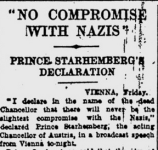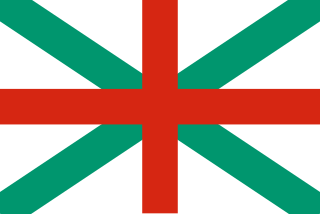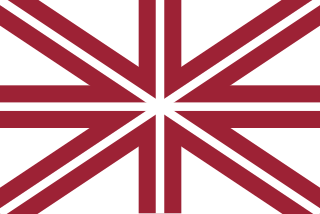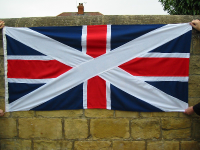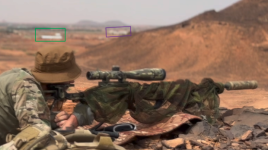Another fun little fact I found out fairly recently, in the course of my research for two of the alt-history genre stories I've been working on- the oldest tunnel in the world in our timeline was the Thames Tunnel, today used by the East London Line of the London Overground, and having been completed in 1843. The second oldest tunnel in the world which ran beneath a navigable river in our timeline, and the first with sufficient space to permit the passage of vehicles, is commonly cited as having been the Mersey Railway Tunnel- which was 1.21 km long, commenced construction in 1881, and was completed in 1886; though it could also be cited as having been the Tower Subway (also under the Thames, in Central London), which was constructed in 1869, and conveyed a small wooden cable-car with a maximum capacity of 12 passengers.
But did you know that the actual second underwater tunnel in the world, and the first underwater tunnel large enough to carry vehicular traffic, predated both of these, and was situated practically on the other side of the world; having been built to near-completion under the bed of the River Indus at Attock in present-day Pakistan, from 1860-62? One of those things which next-to-no-one knows anything about, and looks like alternate history, but which wasn't- and which, IMHO, at the very least would merit inclusion in an episode of 'Abandoned Engineering'...
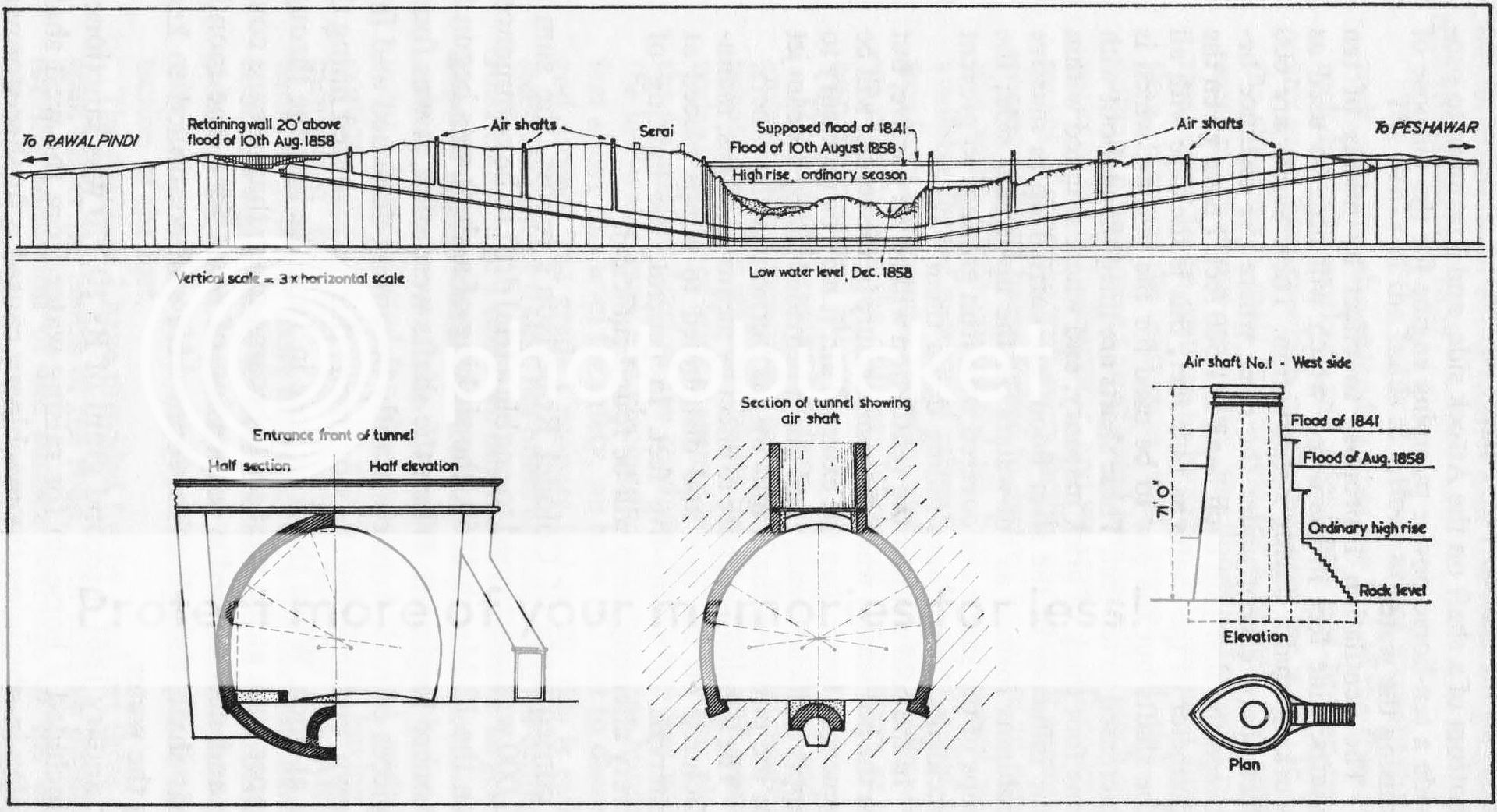
As soon as the British annexed the Punjab, they started working on the idea of improving the bridging the Indus at Attock (hitherto provided by a floating bridge of boats during the dry season in winter, and ferries during the wet season), which was considered critical for military strategic reasons. And in 1859 (after the extent of flooding in August 1858 had made it clear that the originally planned suspension bridge, as designed in 1853 by one Colonel Crommelin, wouldn't be high or wide enough to do the job), Colonel Robertson proposed the idea of a 1.93 km long tunnel under the Indus River at Attock, to connect Rawalpindi with Peshawar:
The dimensions I propose for the tunnel inside are twenty-four feet wide by twenty feet in height, and a lining under the river of brick masonry two feet thick. This places foundation level of the roadway 82 feet under the low water level, and placing the entrances one hundred feet above this level for safety, we have 182 feet to descend and ascend. The grade I propose is 1 in 20; this is rather steep for railway traffic but offers no difficulties for normal road traffic. The width of the river bed at the point I have selected for the tunnel is 1215 feet.
As a result of the detailed report from Colonel Robertson, of which an excerpt is given above, the British Government sanctioned Rs 10000 (with the going 'exchange rate' at the time having been roughly Rs6:US$5:£1), to build the tunnel, which was to be 1.93 km long. Work started on building this tunnel on 12 March 1860, with the recently established 'Punjab Sappers (Pioneers)', aka the 'Mazhabi and Ramdasia Pioneers' (which later became the 32nd Sikh Pioneers, and per its nickname, was comprised nigh-exclusively of Sikhs from these two groups of 'Dalits'/'Untouchables') tasked with its construction (as part of their military service, thus enabling the British to employ them to carry out the task without having to paying them anything more than their basic salaries).
But in June of same year, water leakage in the tunnel works forced the project's suspension for several months; another grant of Rs 10770 was approved in January 1861, but any further work on the project remained sporadic (as did the allocation of funds from these grants to the infrastructure project itself, rather than being 'skimmed off the top' by corrupt colonial administrators)- delays in obtaining some heavy machinery, custom-built to order back in Britain, forced work to be suspended again from May-November 1861.
The project's death knell came in the summer of 1862, when another machinery breakdown caused the work to grind to a halt- with a mere 258 feet, less than 79 metres' distance, remaining between the point where two ends of the boring would meet under the bed, and the tunnel's completion- so very close, yet in a metaphorical sense, still so far. With the British government having spent Rs59,300 on the project by this point, far more than the original estimate (but still under £10,000, equivalent to c.£1.5M today adjusted for inflation, when the far shorter and narrower Tower Subway almost a decade later would cost £16,000), work was stopped altogether until a lengthy study could be conducted into all the challenges and causes of the delays.
And upon the recommendations of this study upon its completion (over a year and several thousand extra rupees later), the Attock Tunnel was subsequently shelved altogether. This decision was cited as having primarily been made "owing to the difficulty of keeping it clear of water". The tunnel's drainage was being carried out throughout exclusively via manual labour, using nothing but buckets; and the expense of installing and running a 'Cornish Engine' to pump water out of the tunnel was deemed to be too great, owing to the alleged need to import it (along with all the coal needed to run it), all the way from Britain.
The significant coal-fields and oil-fields which happened to exist in close proximity to the tunnel, on both sides of the Indus, still hadn'tbeen discovered or begun to be exploited at this point; and the obvious solution of using locally-sourced charcoal instead, as they did on the early railroads in India, wasn't even entertained as a possibility by the study. But the personal interests of the Lt. Governor of Punjab, Robert Montgomery, also appear to have played a prominent role in the decision to shelve the project.

